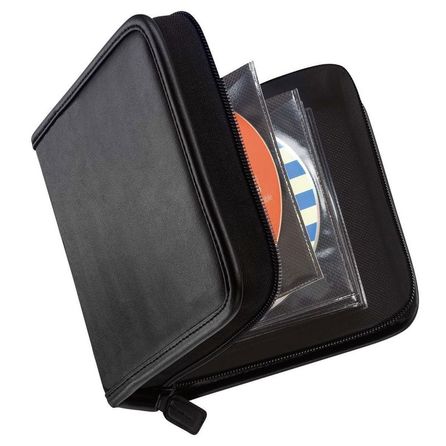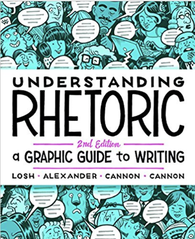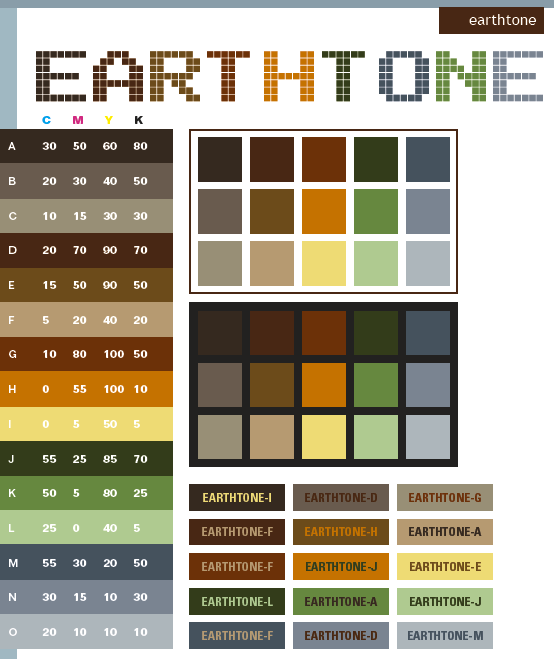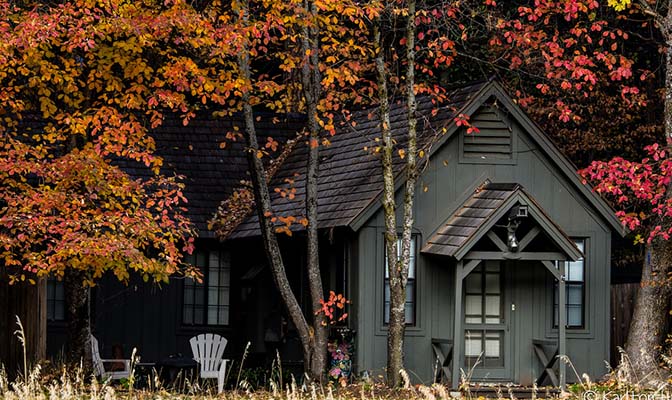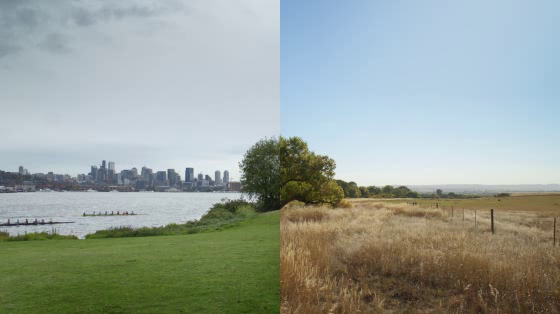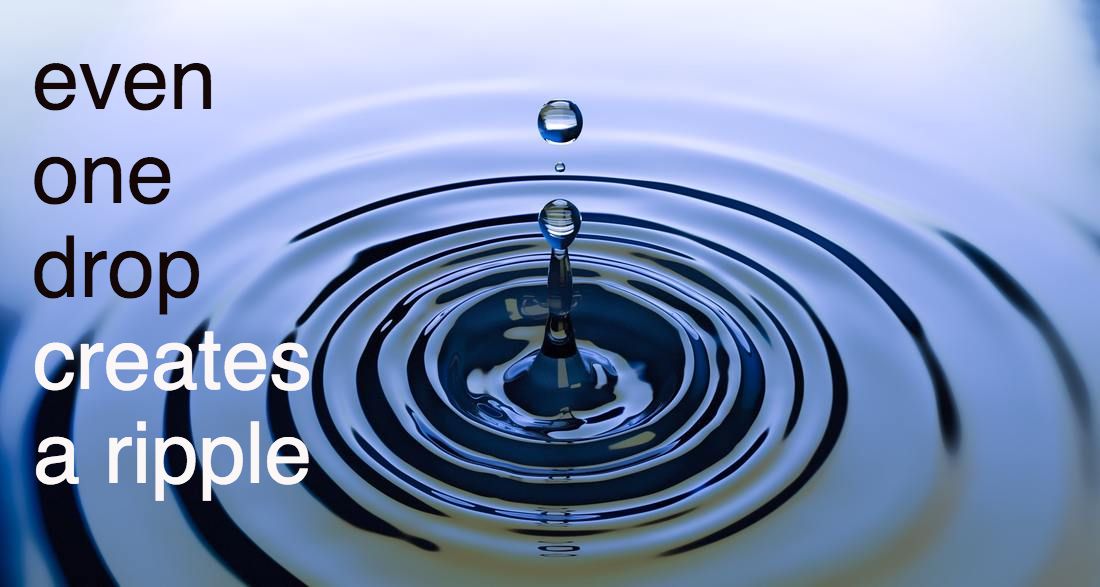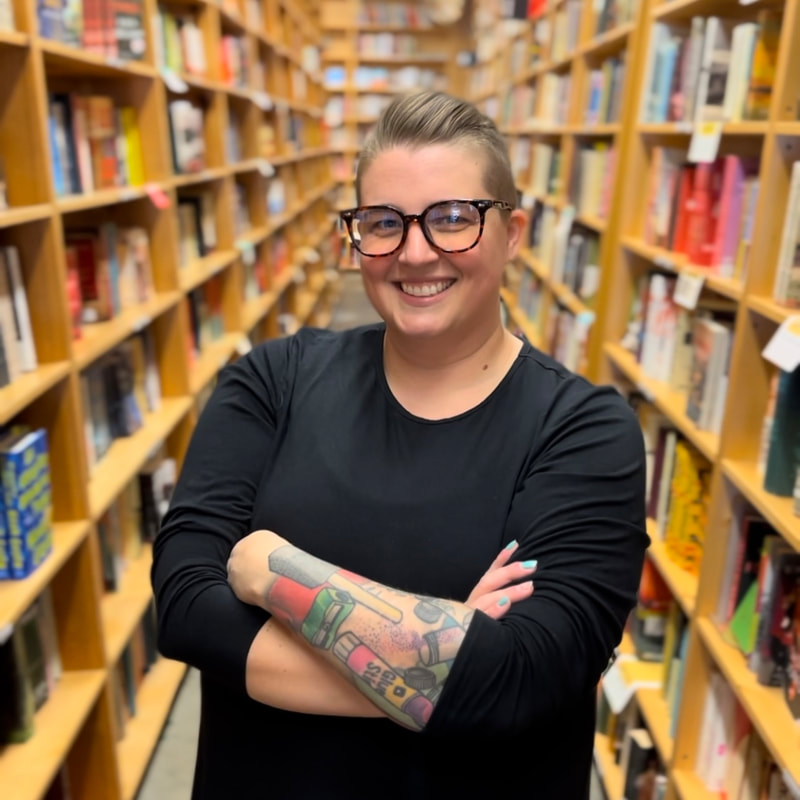|
A couple weeks ago, I mentioned picking up my first print copy of the gorgeous Art Journaling magazine. Since then, I’ve enjoyed reading the articles and drooling over the art. It’s a new goal of mine to get something published there… but more on that later. Today I want to zoom in on one article that really jumped out at me. I had an aha! moment when I read it, and I think it’s worth spending some time with. A side note before we get into it... I contacted the editors at Art Journaling to ask about sharing some images here, but I haven't heard back. They are in the midst of changing editors right now, so I understand my email getting lost in the shuffle. I feel like this issue is important enough to write about even without their images though. Be sure to pick up your own copy of Art Journaling to see the beautiful images I talk about here! trash to treasureIngrid Dijkers’ idea for moving trash to treasure was published in the July/August/September 2018 issue of Art Journaling magazine. In “CD Holders with a Story to Tell,” Dijkers walks us through the process of creating one-of-a-kind art journals out of CD cases she found in thrift shops. Dijkers goes a step beyond telling readers what to do by actually showing a number of pages from her upcycled CD case journals. The pages are decorated with animal image transfers and earth toned washes of color. In addition to the narrative-based article on her practice, Dijkers’ provides some bulleted tips for art journalers interested in learning from her experience.
|
Amanda J. HedrickStory collector, recipe enthusiast, educator, striving for a constant input and output of all things art and learning. Archives
September 2022
|
